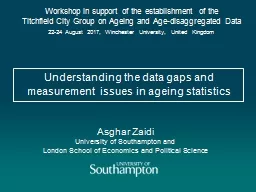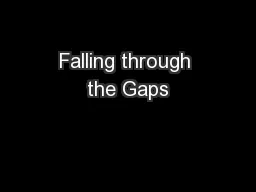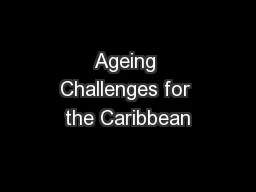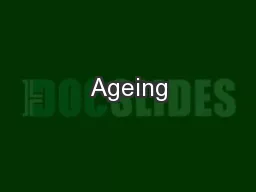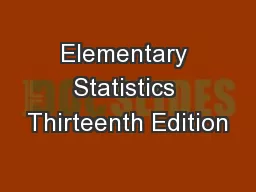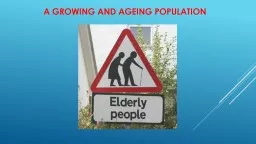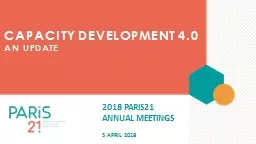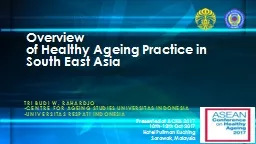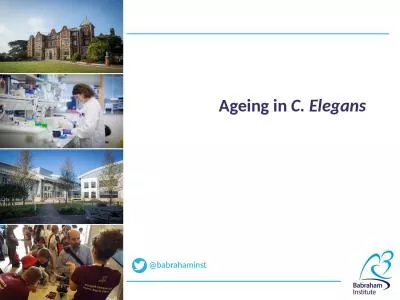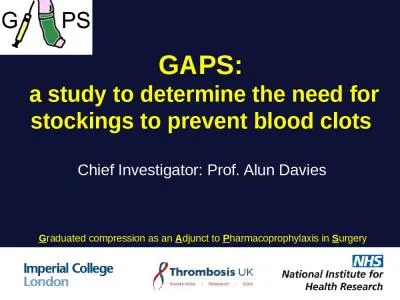PPT-Understanding the data gaps and measurement issues in ageing statistics
Author : myesha-ticknor | Published Date : 2018-11-03
Asghar Zaidi University of Southampton and London School of Economics and Political Science Workshop in support of the establishment of the Titchfield City Group
Presentation Embed Code
Download Presentation
Download Presentation The PPT/PDF document "Understanding the data gaps and measurem..." is the property of its rightful owner. Permission is granted to download and print the materials on this website for personal, non-commercial use only, and to display it on your personal computer provided you do not modify the materials and that you retain all copyright notices contained in the materials. By downloading content from our website, you accept the terms of this agreement.
Understanding the data gaps and measurement issues in ageing statistics: Transcript
Download Rules Of Document
"Understanding the data gaps and measurement issues in ageing statistics"The content belongs to its owner. You may download and print it for personal use, without modification, and keep all copyright notices. By downloading, you agree to these terms.
Related Documents

